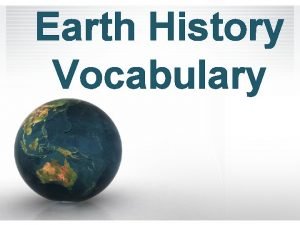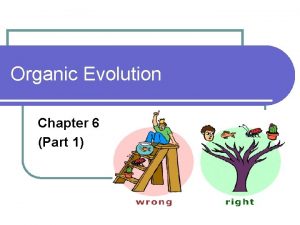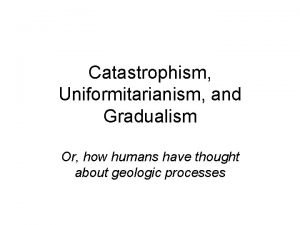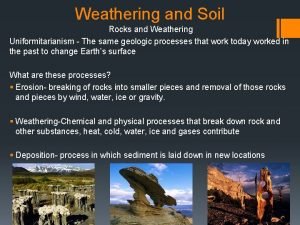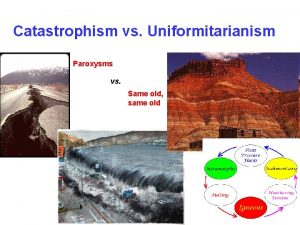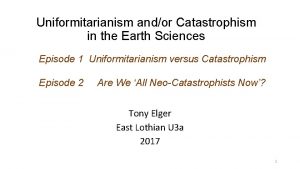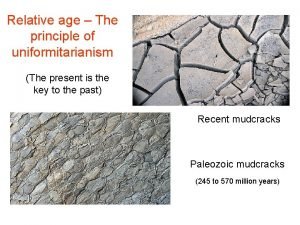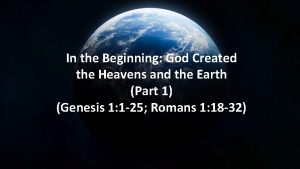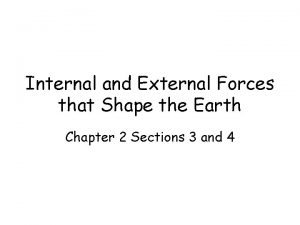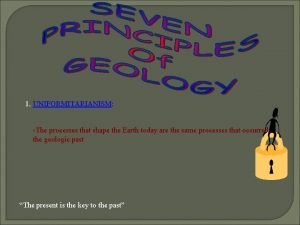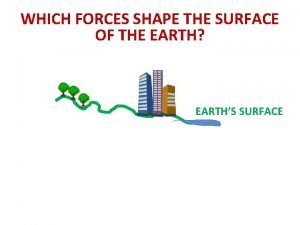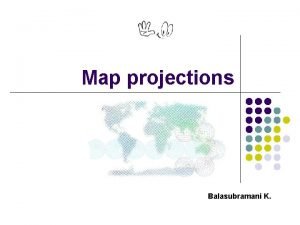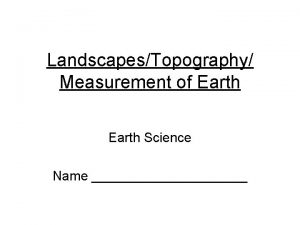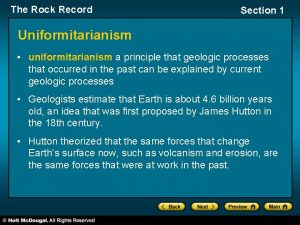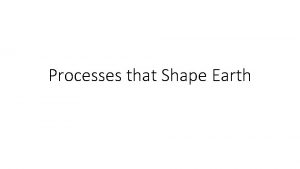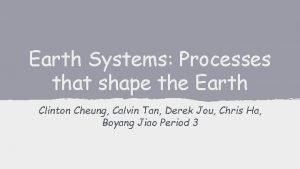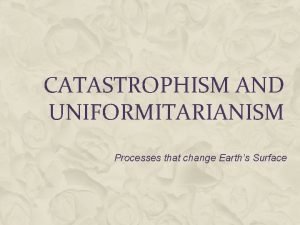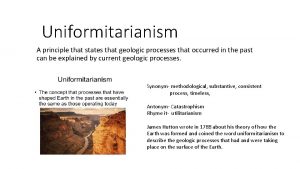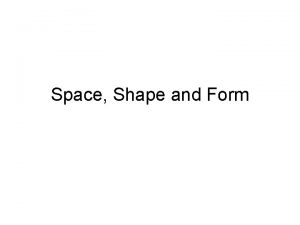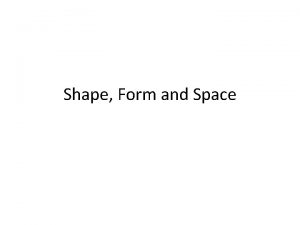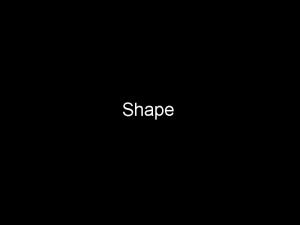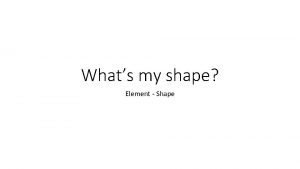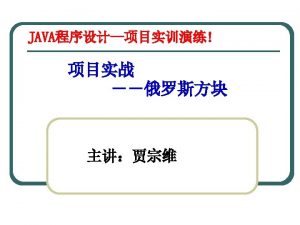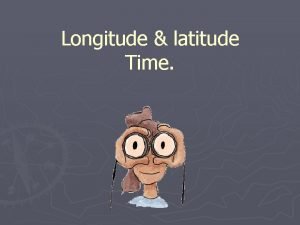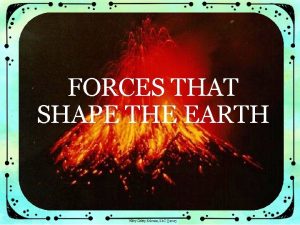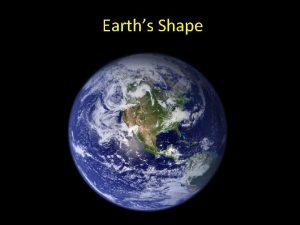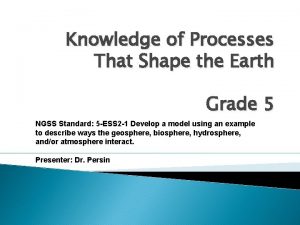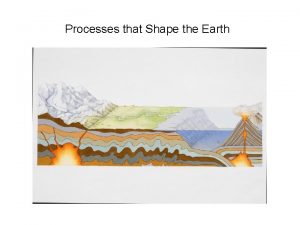1 UNIFORMITARIANISM The processes that shape the Earth





























- Slides: 29

1. UNIFORMITARIANISM: -The processes that shape the Earth today are the same processes that occurred in the geologic past “The present is the key to the past”

2. ORIGINAL HORIZONTALITY -Sedimentary rock layers are ALWAYS laid down in horizontal layers, until some other process alters them

Original Horizontality sedimentary rocks form in horizontal layers parallel to Earth’s surface and will remain that way unless disturbed SILT SAND CLAY SILT CLAY

Horizontal Layers of the Grand Canyon

3. SUPERPOSITION -The bottom layer of horizontal sedimentary rock layers is always the oldest, UNLESS the layers have been overturned or have had older rock formed on top of it *The lower layers must first be in place before the next layer can be deposited

YOUNGEST OLDEST

LAW OF SUPERPOSITION For undisturbed rocks, the oldest layer is on the bottom and the youngest is on top Supai is oldest – WHY?


Law of Superposition In undisturbedsedimentary rock or lava flows: In undisturbed rock or lava Top = youngest layer Bottom = oldest layer

Unconformity Gaps or missing layers in the rock record due to erosion Angular unconformity

Unconformities: 3 Types 1 2 3

Extrusion: When molten rock flows on the Earth’s surface forming an igneous rock

Intrusion: Occurs when magma squeezes between layers of pre-existing rock beneath the Earth’s surface -Causes surrounding layers to metamorphose (Contact metamorphism)

Igneous Intrusions

4. Cross-Cutting Relationships Igneous intrusions/extrusions that “cut across” or enter other rocks are younger than the rocks they cross

Law of Cross-Cutting Relationships Any feature that cuts across a rock or layer of sediment is younger than the rock or layer it cuts

Example of Cross-Cutting Intrusion- igneousrockthatformswhenmagma squeezesbetweenexistingrockand andhardens

Examples of Cross-Cutting Example of Cross-cutting (extrusive) Extrusion - igneous rock that forms when lava flows on Earth’s surface and hardens

Principle of Cross-Cutting Relationships James Hutton (1726 -1797 An igneous intrusion or a fault event must be younger than the rocks it intrudes or cuts across

Relationship s North shore of Lake Superior, Ontario Canada �A dark-colored dike has intruded into older light colored granite. • The dike is younger than the granite.

Cross-cutting Relationships Templin Highway, Castaic, California �A small fault displaces tilted beds. • The fault is younger than the beds.

Sequence of Events Key to Rock Types

5. Fossil (faunal)Succession Fossils of different Plants and Animals are found in sedimentary rock layers. When different fossils are found in the same layer, they existed during the same time period.


6. Law of Inclusions Rock particles/fragments that are found in rock layers are older than the rock layer it is found in.

(older? Younger? )

7. Lateral Continuity (Lateral means “side to side”) Igneous intrusions that “cut across” or enter other rocks are younger than the rocks they cross.

FOLDS AND FAULTS Fold: Folds and Faults are always younger than the original rock layers -bends in rock layers produced by movements of the earth’s crust Faults: -breaks in the rock where shifting of rock layers has occurred, often associated with earthquakes

Principles of Geology: Big Ideas (you should know) � 7 Laws of Geology �Relative aging of rock using Superposition �Definitions of intrusion, geologic dike, unconformity �Matching rock layers using fossils �Definitions: folding, fault, uplifting
 Tôn thất thuyết là ai
Tôn thất thuyết là ai Ngoại tâm thu thất chùm đôi
Ngoại tâm thu thất chùm đôi Chiến lược kinh doanh quốc tế của walmart
Chiến lược kinh doanh quốc tế của walmart Gây tê cơ vuông thắt lưng
Gây tê cơ vuông thắt lưng Block nhĩ thất cấp 1
Block nhĩ thất cấp 1 Tìm vết của mặt phẳng
Tìm vết của mặt phẳng Sau thất bại ở hồ điển triệt
Sau thất bại ở hồ điển triệt Thể thơ truyền thống
Thể thơ truyền thống Con hãy đưa tay khi thấy người vấp ngã
Con hãy đưa tay khi thấy người vấp ngã Thơ thất ngôn tứ tuyệt đường luật
Thơ thất ngôn tứ tuyệt đường luật Concurrent in os
Concurrent in os Whats uniformitarianism
Whats uniformitarianism Uniformitarianism examples
Uniformitarianism examples Gradualism vs uniformitarianism
Gradualism vs uniformitarianism How does temperature break down rocks
How does temperature break down rocks Catastrophism theory
Catastrophism theory Catastrophism vs uniformitarianism
Catastrophism vs uniformitarianism Uniformitarianism diagram
Uniformitarianism diagram Unconformity
Unconformity Uniformitarianism
Uniformitarianism Parts of transverse wave
Parts of transverse wave Template matching
Template matching Cessna airfoil
Cessna airfoil Shape matching and object recognition using shape contexts
Shape matching and object recognition using shape contexts How do internal and external forces shape the earth
How do internal and external forces shape the earth Lateral continuity
Lateral continuity External forces that shape the earth
External forces that shape the earth Actual shape of earth
Actual shape of earth What is this shape
What is this shape What is polaris
What is polaris











